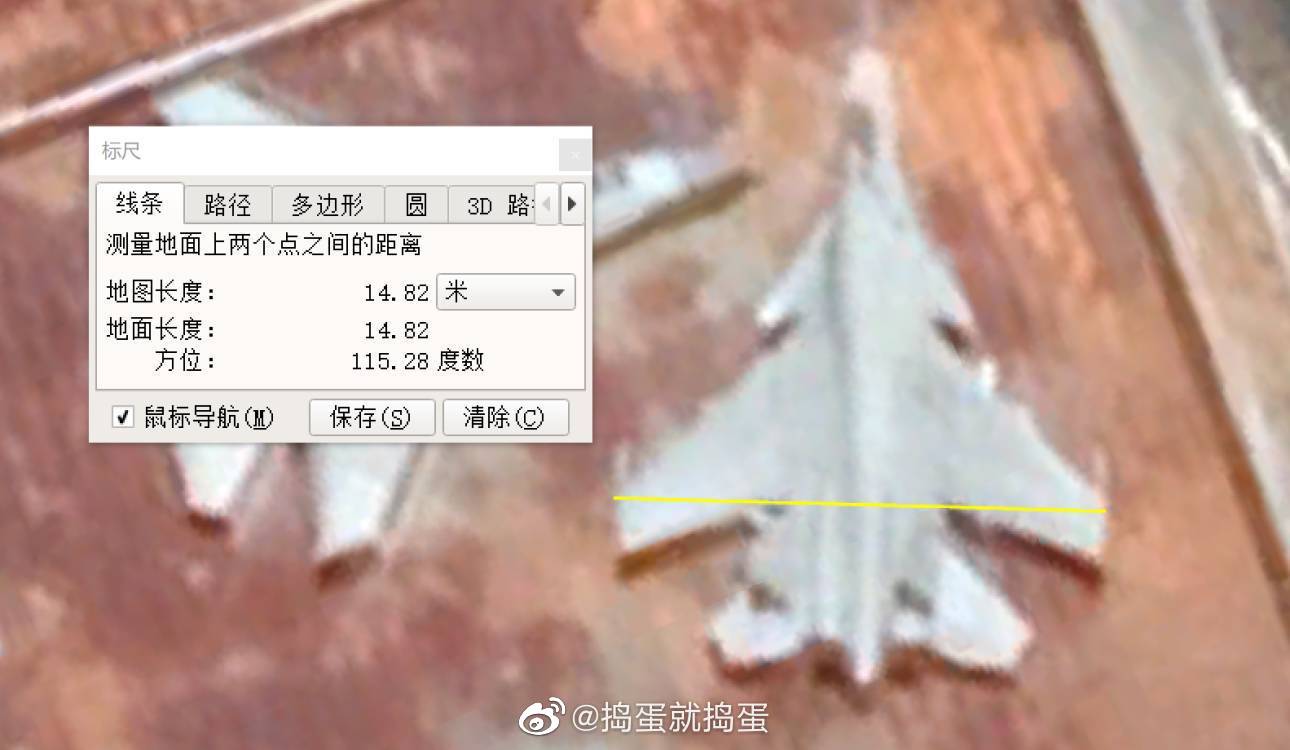Bypass ratio isn’t the only way to improve engine efficiency. If you can improve the compression ratio of the HPC section and turbine inlet temperature you will also get greater efficiency. In fact those are arguably the primary factors for driving efficiency, with bypass ratio being a secondary factor. HPC compression ratio drives how much energy you can extract from your airstream and TIT drivers how efficiently you can recover energy from your turbine. For example, the F135 has a slightly better specific fuel consumption compared to the F100 but a smaller bypass ratio, while attaining 40%+ gain in thrust. In theory an F135 based engine that has the same bypass ratio as the F100 would probably have even higher thrust and better fuel economy. But in exchange it would lose a lot in jet exit velocity, and thus top attainable speed.I don't think that would be possible.
In civilian world, a generational leap normally results in 15% fuel consumption improvement and that normally requires increasing the bypass ratio (check the GTF engine for A321NEO vs the VK-2500 for A321CEO). Let's say RD-93 was really bad for its generation and WS-19 is pretty good for its generation. Even so, I would say a 25% bump in T/W ratio (from 8t to 10t) + 20% gain in fuel consumption would be monumental improvement. Decreasing by 40% is quite unlikely unless WS-19 suddenly became a high bypass engine.
The limiting factor in a jet turbine is the total energy extracted from your free stream. What’s competing for your energy budget isn’t actually total thrust vs fuel economy but total mass flow + fuel economy vs jet velocity. You can spend that energy budget on maximizing total mass flow over time, or maximizing jet exit velocity. The latter is going to get both less total mass flow (thus thrust) and less energy recovery per unit of mass flow mostly because you are expelling the thermal energy from combustion to the jet stream, essentially to ensure a faster reaction mass, rather than recovering it with your turbine to move more mass quantity with your fan. So in theory it’s possible to improve both total thrust and fuel efficiency, but what you lose is top attainable speed. Which is why we probably shouldn’t expect the WS-19 to have both better fuel economy and more thrust, because even if you have higher hpc compression and higher turbine inlet temperature to improve your energy budget and energy recovery, you’re likely trading away the ability for the engine to supercruise if you keep the bypass ratio the same to net the gain in energy budget for greater mass flow and fuel efficiency with a larger fan section.
Last edited:





